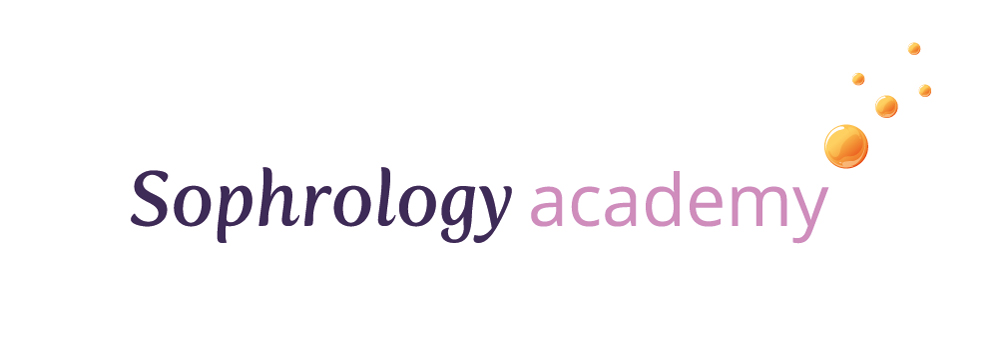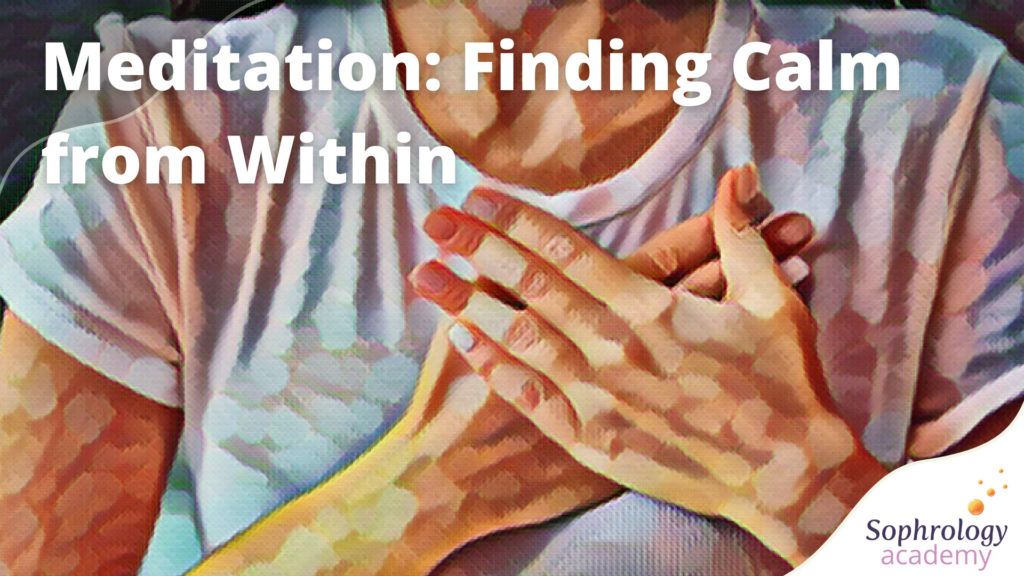Imagine a place of calm and relaxation that you can enter into whenever you wish; a state of peace and tranquillity which you can take with you back out into the world. Sound fanciful? It really isn’t; this is the gift of meditation.
Why, then, don’t we all meditate?
Whilst the benefits of meditation are well known, many mistakenly think of the practice as ‘exclusive’ – only for the more mentally disciplined amongst us. Others might be discouraged by the thought of adhering to traditional practices, uncomfortable poses, or facing the challenge of quelling a gushing waterfall of random thoughts, feelings and impulses.
However, meditation is not a complex practice – far from it. And, rather than meditation itself being ‘the problem’, it may simply be that those who struggle with it, haven’t yet tried a method that works for them. ‘In Harmony’ founder and Sophrology Practitioner, Carla Forth, explains:
“It can be quite daunting to try to find the most suitable approach for you. We can try meditation using sound, a mantra perhaps, focusing on an object such as a candle, using hand positions often called a mudra, using the breath, using walking as a meditation, using the imagination, dancing, or painting – really anything can be used as a meditation technique, it really is a personal choice, what feels right for you.”
For those who are looking to try meditation, Sophrology, in its simplicity and flexibility may well be a good place to begin.
The Power of Meditation
The meditation techniques used in Sophrology allow us to work with thoughts, emotions and feelings from a tranquil and non-judgemental place. However, the aim of Sophrology is not to heal specific traumas, but to go beyond, beneath, troublesome thoughts and sensations to connect with our consciousness and find freedom from the hold these have on our health and wellbeing.
To find this freedom, and to experience the world we live in with clarity and authenticity, we need to open up to ourselves first, however; meditation helps us to do this in the gentlest of ways. As with all techniques used in Sophrology, the individual can choose the most comfortable position for them, and use whatever thoughts, feelings or sensations they wish to focus on to enter a meditative state.
So what is the ‘meditative state’?
From a neuropsychological perspective, it is essentially a level of consciousness which changes how our brain functions. Studies have shown that meditation reduces beta waves – that’s when the brain is actively working on a task – and increases alpha waves, which calm the nervous system and lower blood pressure and heart rate. Importantly, meditation also increases theta waves, which put us in a positive mental state and encourage creativity. Hence, in this altered state of meditation, we feel calm, positive and open to change.
In layman’s terms, however, for someone juggling life, work, family and those unexpected life events that throw you for a hoop, meditation simply means being able to find a stillness in which you can just ‘be’, free from the anxieties and pressures that often overwhelm us. Indeed, one of the reasons why Sophrology has become so popular, is that its methods suit the needs of the everyday person in everyday modern life, to enable meditation to be learned easily.
From distraction to connection with meditation
Very often, we look to distract ourselves from unhealthy thoughts, emotions or sensations with food, TV, alcohol – or whatever our flavour of vice might be. But distraction is a short term solution, and does little more than help us to dull discomfort – as anyone who tucks into a vat of ice cream or a bottle of wine after a bad day will know! Rather than distract us, however, meditation offers a simple and immediate (and free) way – not to distract – but to intimately connect with ourselves in a way that allows us to find freedom from that negativity.
What’s more, is that meditation doesn’t ‘give’ you something you don’t already have. We all have that stillness inside; meditation simply helps us to access and expand this space. When you are lost in a song on the radio, or perhaps doing something creative, you might find that time goes by without you noticing. This is essentially a meditative state, when we are focused on one thing and the background ‘noise’ of what’s going on around us ‘disappears’. In that moment, we are in flow; connected, and many who practice it say that the peace they find is not just pleasant – it’s essential to their wellbeing.
Meeting ourselves through meditation
That stillness, according to Carla, is part of our true nature, which we can access through meditation. But it may feel strange when we first move into that state.
“It is a background of peace inside us that can, for some, feel overwhelming” she explains. “We are so used to being busy, not just outwardly, but inwardly too, with a busy mind and sensations in the body, that feeling this peace can be scary. I know it was for me, having developed an ‘A’ type personality – to come face to face with my natural state was a big thing to take on, and it took a while for me to settle into the stillness.”
This, believes Carla, may be part of the reason that addiction is so prevalent in our society today. “It helps to keep us in this stimulated state, always ‘switched on’ whatever the addiction is, is because it can feel so alien to experience peace and stillness. If you’ve ever experienced that feeling of awkwardness that comes when a conversation stops, but feel the urge to fill the space with something, anything – it can be the same on the inside. That is the paradox we face as human beings, to feel comfortable with what already exists inside us.”
Practise, practise, practise!
Meditation – and the experience of ‘stillness’ does get easier with repetition, however. Whilst practice need only be in short bursts of a few seconds or minutes, it must be practised regularly to master. Just as a gully is formed from water flowing consistently down a hillside, the more you practise meditating, the easier it becomes to allow your mind to flow quickly into a meditative state as your body ‘remembers’ where it’s headed. And once meditation comes easily, it can have a powerful impact on your mental and physical health. One of Carla’s clients made the following observation, having learned to use Sophrology for a health issue:.
“Sophrology proved to be of immeasurable value in assisting my recovery from Post Viral Fatigue. I found meditation impossible, I now use Sophrology to relax, meditate and visualise daily. Daily practice helps me feel stress-free, focused, more confident; a better communicator – and I enjoy life more! This is a great thing for anyone to learn and benefit from.”
Being present in – and part of – the world
These mindfulness and relaxation techniques together, help us to focus our attention and explore the true potential of our minds, developing our consciousness and ability to contemplate, using all of our senses. When everything works in unison like this, we find ourselves in that state of ‘flow’ where meditation is effortless. And this can be an incredibly healing experience, as Carla herself knows:
“For me the power of Sophrology lies in its simplicity and the gentle and gradual approach we take with our ourselves and our clients, to help move safely into a more deeply meditative state. Such an approach is important for most people, but particularly those who may have suffered trauma or adverse childhood conditions, as it was in my case. I believe Sophrology as a meditative method, can help a wide range of people who might otherwise struggle with more traditional approaches.”
Being able to harness a state of calm ‘on tap’ can have the most profound impact on every aspect of our lives, and Sophrology can help us get there. In a world that continually demands our attention and distracts us from living our own reality, the ability to find peace and positivity from within is surely a gift that we should all give ourselves.


